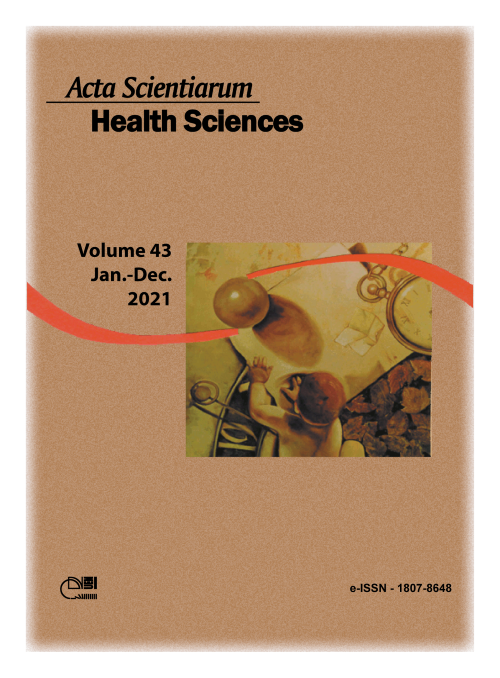Activated platelets in central venous catheters: a flow cytometry and numerical simulation approach
Resumo
The central venous catheter that is inserted in patients undergoing hemodialysis can cause hemodynamic instability and trigger complications such as thrombus formation. The objective of this study was to investigate hemostatic and numerical influences on thrombus formation in patients undergoing hemodialysis with a central venous catheter. Participants were assigned to three groups: I: clinical and laboratorial healthy individuals matched by sex and age (controls); II: participants after one month of insertion of the catheter and III: participants after 4 months of insertion of the catheter. Platelet activation was investigated by GPIIb/IIIa and p-selectin expressions using flow cytometry. A three-dimensional model of the catheter was constructed in the numerical simulation for the calculation of partial differential equation of a platelet activation model. A significant difference was detected by the expression of p-selectin comparing the group I (33.42 ± 4.74), group II (40.79 ± 5.54) and group III(51.00 ± 7.21) (p < 0.0001). The median values for GPIIb/IIIa were 10426 (10029-10721), 13921 (13412-15652) and 19946 (18714-21815) after catheter insertion (p < 0.0001), for groups I, II and III, respectively. Excluding the first arterial orifice, venous orifices tend to have greater platelet activation when compared to the other arterial orifices. The results of this study showed the influence of arterial and venous lateral orifices in stimulating the development of thrombi associated with the activation of platelet markers the longer the catheter was used
Downloads
DECLARAÇÃO DE ORIGINALIDADE E DIREITOS AUTORAIS
Declaro que o presente artigo é original, não tendo sido submetido à publicação em qualquer outro periódico nacional ou internacional, quer seja em parte ou em sua totalidade.
Os direitos autorais pertencem exclusivamente aos autores. Os direitos de licenciamento utilizados pelo periódico é a licença Creative Commons Attribution 4.0 (CC BY 4.0): são permitidos o acompartilhamento (cópia e distribuição do material em qualqer meio ou formato) e adaptação (remix, transformação e criação de material a partir do conteúdo assim licenciado para quaisquer fins, inclusive comerciais.
Recomenda-se a leitura desse link para maiores informações sobre o tema: fornecimento de créditos e referências de forma correta, entre outros detalhes cruciais para uso adequado do material licenciado.























5.png)







